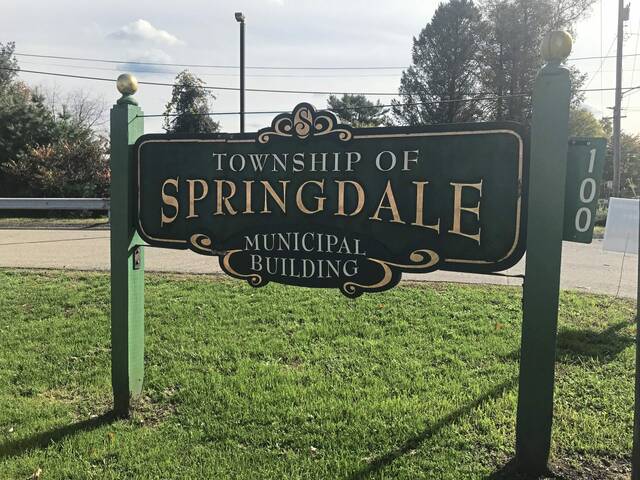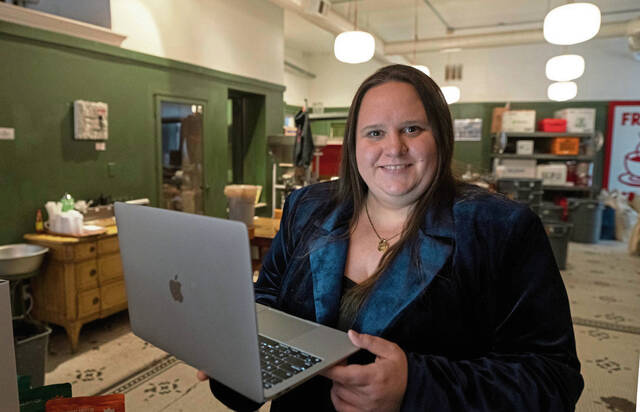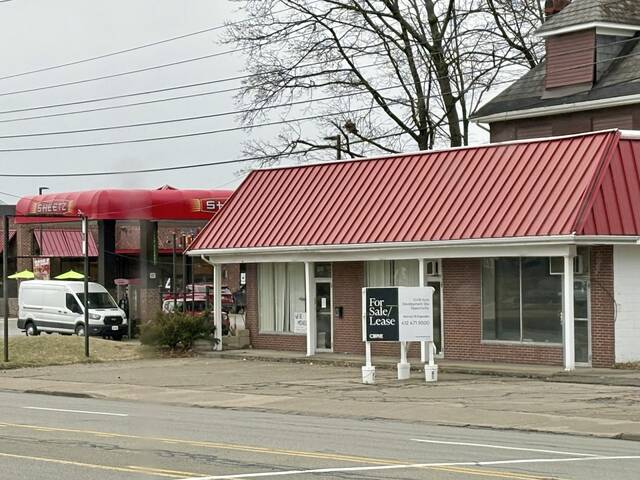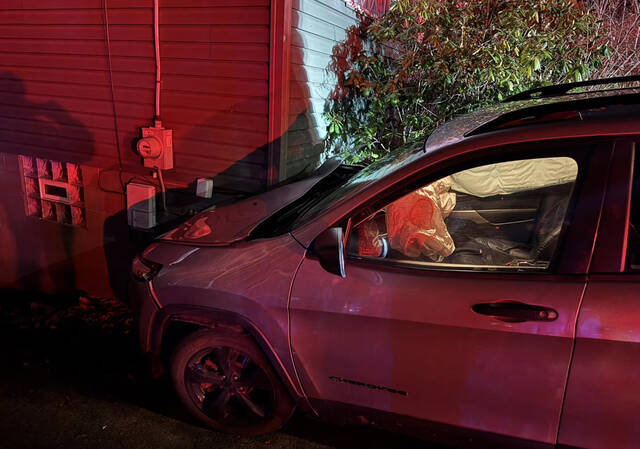Remote-read water meters are replacing obsolete models throughout Springdale Township under a program approved by the commissioners.
The replacement program will cost the township between $260,000 and $320,000, with financing spread over a 10-year period, according to Rich Lenhart of Senate Engineering, the township engineer.
Tim Basilone, the commissioners vice president who oversees the water and sewage department, said the new meters are badly needed because the current meters are about 50 years old and are not accurately recording usage or detecting leaks that have plagued the system.
“We had multiple leaks — fire hydrants that were losing five to 10 gallons a minute,” he said, adding that if you multiply a five-gallon leak by minutes, hours and days, it amounts to 2.6 million gallons per year.
“We’ve fixed most of the ones that we’ve found, but we still have the old water meters in the houses so we may be putting more water into the houses — or vice-versa — than we are charging for,” Basilone said. “When these meters go, they’re inaccurate.”
He said the township purchases its water from several neighboring sources: Fawn-Frazer Water Authority, Harmar Water Authority and Springdale and Cheswick boroughs.
It spent $209,000 for water in 2020 and $180,600 in 2021, a decrease largely because of the Watson Standard Paints plant closing in the township, he said.
Basilone estimates the township’s annual water usage to be 27 million to 30 million gallons.
“On paper right now, 54% of what we purchase goes into the ground,” Basilone said.
Lenhart said the new meters, particularly those that transmit data via towers, detect and alert officials about leaks in the system.
“If there is continuous flow, particularly in the middle of the night, it will kick it our way and say, ‘You’ve got a problem here,’ ” he said.
According to Lenhart, the township can opt for mobile-read meters or tower-read meters. The mobile-read systems still require a meter reader to record usage but uses a radio receiver that connects with individual meters, which can be done from a vehicle moving along each street. Those meters would cost the township about $26,000 per year over 10 years.
A tower-read system is more advanced, he said, allowing meters to be read via computer from the township office, receiving the data from transmission towers.
Lenhart said the cost of those meters would be $32,000 annually, which includes the construction of up to four transmission towers. He said the only cost not included in the estimate is for purchasing land if it is needed to construct any of the towers.
Although more expensive, Lenhart said the tower-read system would eliminate the need for meter readers to travel throughout the township and would provide readings on a 24/7 basis from any meter right from the township office. He said the costs for either system is not out of line with what the township pays now.
“They are spending about $28,700 a year to read the meters,” Lenhart said.
About 630 residential and four or five commercial meters would be needed, he said.
The township is awaiting a survey by Neptune Technology Group, the Alabama-based manufacturer of the meter systems, to determine how many towers would be needed for a tower-read system before officials choose which system they want. If fewer towers are needed, that would lower the cost for the tower-read system, Lenhart said.
When the survey is completed, township officials will meet with PennVEST officials to discuss obtaining financing for the meter program.
Basilone said when all that is done, installation of the meters would take about six months. He said that while residents probably will not pay for the meters, they might be asked to share the cost of their installation by certified plumbers.
Tom Yerace is a freelance writer.








